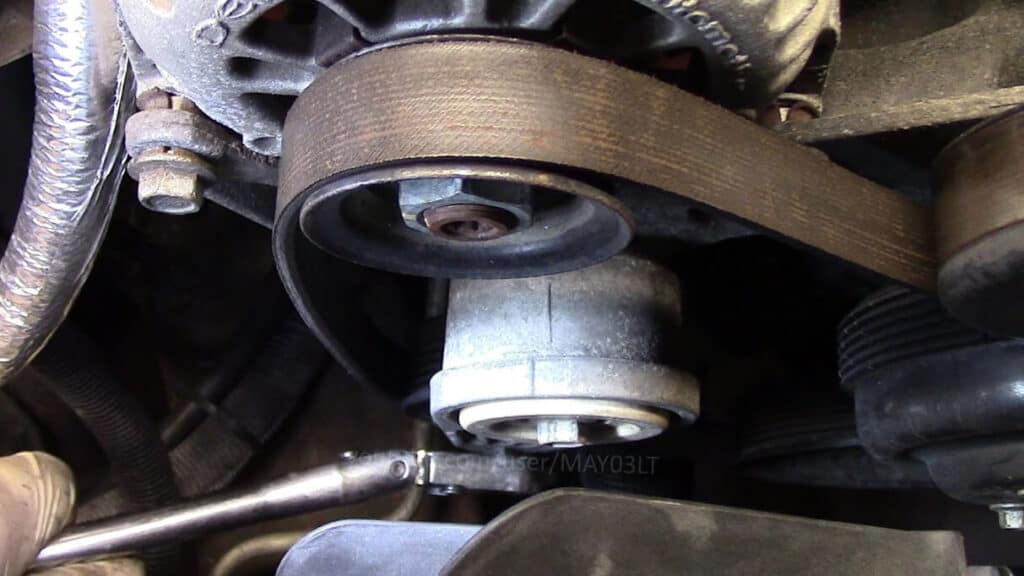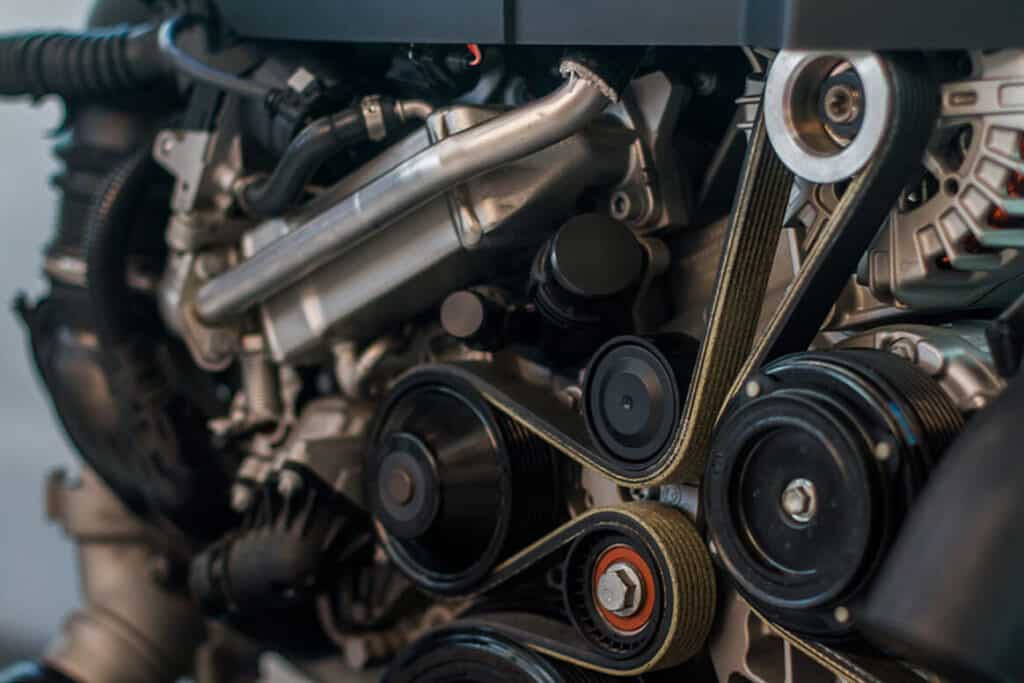Introduction
A vehicle’s serpentine belt, also known as a drive belt, is a vital component in its overall functionality. Responsible for driving various engine accessories like the alternator, power steering pump, and air conditioning compressor, it plays a significant role in the smooth operation of your vehicle. Therefore, maximizing its lifespan not only ensures your car’s optimal performance but also saves you from unexpected costly repairs. Below are easy maintenance tips that can help prolong the life of your serpentine belt.

Regular Inspection and Maintenance
Regular inspection is the first step towards maintaining the health of your serpentine belt. It is recommended to inspect your belt every 60,000 to 100,000 miles, but considering factors like driving conditions, climate, and the type of vehicle, it may be necessary to check it more frequently.
During inspection, look for signs of wear and tear such as cracks, fraying, and glazing. Check for uneven wear or missing chunks, which can indicate a problem with the pulleys or tensioner. Also, listen for unusual noises such as a chirping or squealing sound, which could mean the belt is loose or worn out. Regular maintenance will help identify issues early, preventing minor problems from turning into major repairs.
Keeping Your Engine Clean
Keeping your engine clean is another key factor in extending the life of your serpentine belt. Dust, dirt, and debris can infiltrate the belt system, potentially leading to quicker wear and possible damage. Engine leaks, especially oil or coolant, can also deteriorate the belt prematurely. Regular cleaning can prevent the build-up of dirt and grime that can harm the belt and the pulleys it rides on.
Proper Tension and Alignment
An improperly tensioned or misaligned serpentine belt can lead to a multitude of issues. If the belt is too loose, it may slip, causing components to underperform. If it’s too tight, it can put excessive strain on the belt and the bearings of the driven components, leading to premature wear and potential failure. Similarly, a misaligned belt can lead to uneven wear and reduced performance. Ensuring the belt is properly tensioned and aligned will help it operate efficiently and last longer.
Avoiding Exposure to Oil or Other Fluids
Exposure to engine fluids can significantly decrease the lifespan of your serpentine belt. Oil, coolant, and other fluids can degrade the rubber material of the belt, causing it to slip and wear out faster. If you notice any leaks in your engine, address them immediately to prevent the fluid from coming into contact with the belt. Regularly check the belt for signs of fluid contamination during your routine inspections.

Using Quality Serpentine Belts
Finally, the quality of the serpentine belt itself plays a crucial role in its longevity. While it might be tempting to save money on a cheaper belt, these often end up costing more in the long run due to their shorter lifespan and the potential damage they can cause if they fail. High-quality belts are designed to withstand tougher conditions and last longer, making them a more cost-effective choice over time.
Conclusion
In conclusion, while a serpentine belt might seem like a minor component in the complex machine that is your vehicle, its role is undeniably vital. Regular inspection and maintenance, keeping your engine clean, ensuring proper tension and alignment, avoiding exposure to fluids, and investing in a quality belt are all simple yet effective steps in maximizing the lifespan of your serpentine belt. With these tips, you can ensure a longer lasting belt, smooth operation of your vehicle, and peace of mind on the road.
